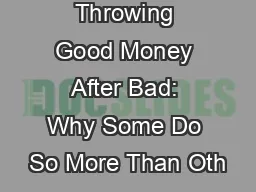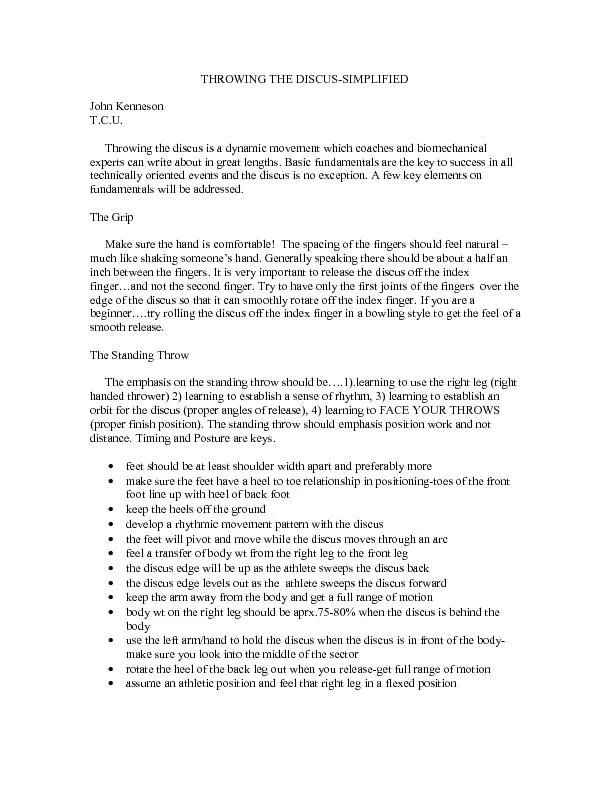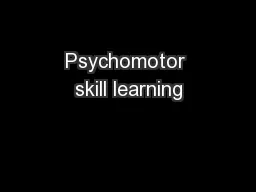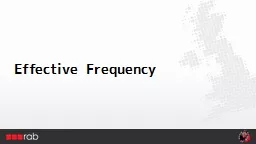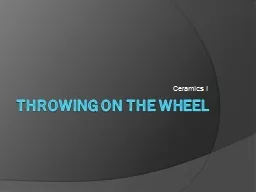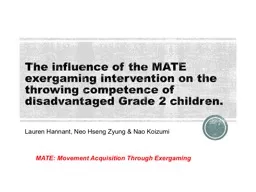PPT-Throwing Good Money After Bad: Why Some Do So More Than Oth
Author : cheryl-pisano | Published Date : 2016-05-02
This research was supported by a grant awarded to the second amp third authors from the National Science Foundation SES 0620094 This work is currently in preparation
Presentation Embed Code
Download Presentation
Download Presentation The PPT/PDF document "Throwing Good Money After Bad: Why Some ..." is the property of its rightful owner. Permission is granted to download and print the materials on this website for personal, non-commercial use only, and to display it on your personal computer provided you do not modify the materials and that you retain all copyright notices contained in the materials. By downloading content from our website, you accept the terms of this agreement.
Throwing Good Money After Bad: Why Some Do So More Than Oth: Transcript
Download Rules Of Document
"Throwing Good Money After Bad: Why Some Do So More Than Oth"The content belongs to its owner. You may download and print it for personal use, without modification, and keep all copyright notices. By downloading, you agree to these terms.
Related Documents

